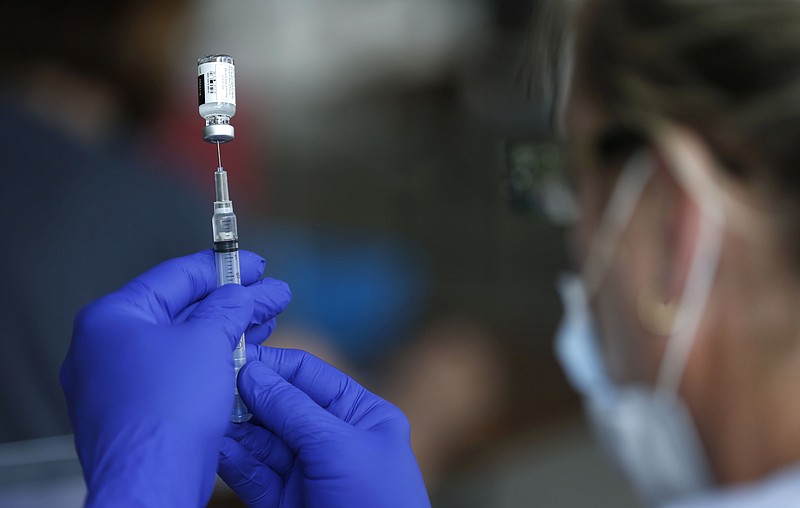Officials have pointed out there is likely a correlation between a rise in Missouri COVID-19 cases and the low percentage of Missourians who have chosen to accept vaccinations.
Particularly in rural counties, people have been hesitant to receive vaccinations.
Only 13.3 percent of residents of Pulaski County have initiated COVID-19 vaccinations, according to Missouri's Stronger Together website. Pulaski County has the lowest rate in the state.
In McDonald County, in the extreme southwest corner of Missouri, only about 16.3 percent of residents have initiated COVID-19 vaccinations.
About 40 percent of Cole County residents have initiated the vaccinations.
Capital Region Medical Center in Jefferson City, which weathered a storm of COVID-19 activity last winter before numbers fell off, is again seeing a bump in numbers, said Lindsay Huhman, the hospital's director of marketing and public relations.
"We currently have nine COVID-19-positive patients, which is an uptick from a few weeks ago," Huhman said. "We want to remind people to continue to take precautions like social distancing and proper hand hygiene and most importantly, if you are able to, get vaccinated."
Statewide, 43.7 percent of the population has initiated a vaccination, according to the Stronger Together website.
With the exception of the Springfield/Greene County region, Missouri's larger metropolitan areas have spearheaded vaccinations.
About 42.1 percent of Kansas City's population (of nearly 500,000) has initiated vaccinations, and 40.4 percent of Jackson County has.
Despite a population of nearly 1 million people, St. Louis County has seen about 48.4 percent of residents initiating vaccinations. About 46.4 percent of neighboring St. Charles County has begun receiving vaccinations.
Atchison County, in extreme northwestern Missouri, is a bit of an outlier for rural counties, with 40.3 percent of residents having initiated vaccinations. However, it is somewhat near Lincoln and Omaha, Nebraska.
The county in Missouri with the highest rate of vaccination initiation is Boone County, where about 49.9 percent of residents have received at least one dose. Boone County also has the highest rate of vaccination completion, at 44.2 percent.
The state total for vaccination completion is about 38.1 percent. Cole County is at about 36.2 percent.
Missouri stands in the midst of an outbreak that has been greatly attributed to the delta variant, a variant of the virus that causes COVID-19 that originated in India before arriving in the United States in April.
The Centers for Disease Control and Prevention website shows COVID-19 transmission is at high levels in rural parts of Missouri and in much of the West and Southeast United States.

